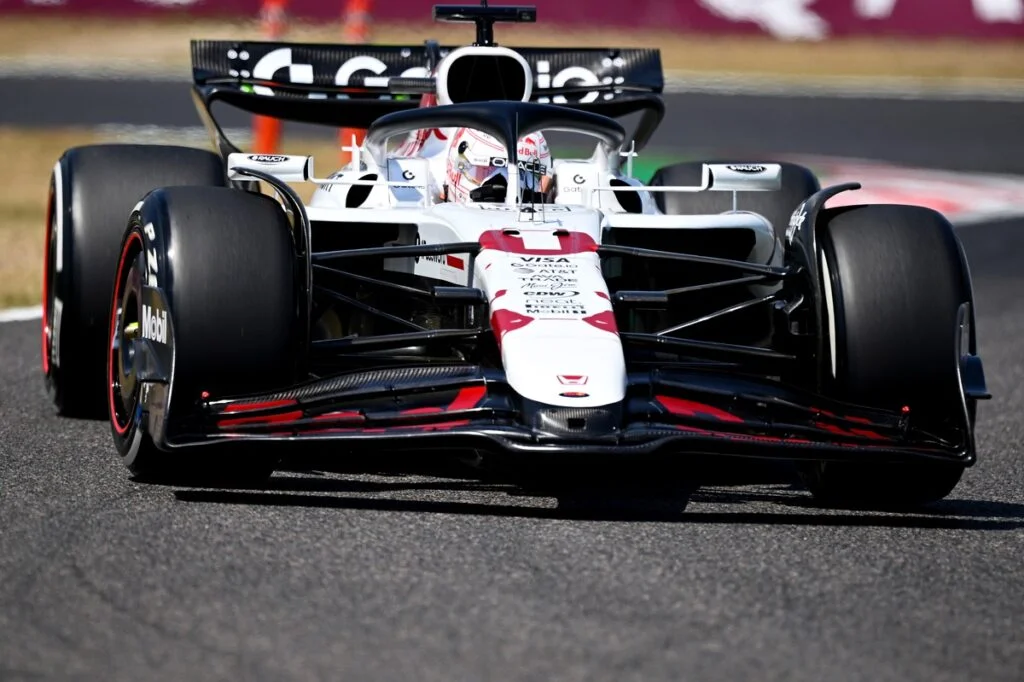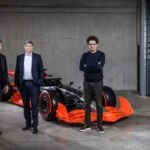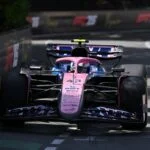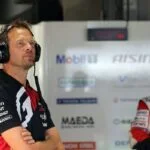McLaren’s Race Trim vs Qualifying Performance: A Closer Look
McLaren‘s impressive 1-2 win in Formula 1’s Miami GP has once again confirmed their supremacy on the race track, particularly when rear tire wear is a critical factor. However, Max Verstappen continues to outshine Lando Norris and Oscar Piastri in qualifying sessions.
McLaren’s Race Success vs Qualifying Struggles Explained
In the Miami GP, Piastri led Norris home for their third consecutive win, making it McLaren‘s fifth out of six races this season. Mercedes’ George Russell trailed 37 seconds behind in third, while Verstappen lost a staggering 40 seconds. This trend suggests that when rear tire wear and overheating are significant issues, can easily pull away from the competition once Pirelli’s rubber starts degrading.
Interestingly, it was only at Suzuka’s Japanese Grand Prix that Verstappen managed to win, a race where overtaking was almost impossible and McLaren didn’t exploit the strategic options available. However, hasn’t been as dominant in qualifying sessions. Verstappen leads with three poles in six races, followed by two for Piastri and one for Norris.
The murky picture in qualifying has sparked discussions about the true speed of the McLaren over a single lap and triggered some psychological warfare between the teams over the role their drivers are playing in their Saturday form. Christian Horner, Red Bull’s team principal, praised Verstappen’s ability to handle “big-pressure moments” in an inferior car, suggesting that the world champion has an edge on his rivals in this department.
McLaren’s Technical Challenges in Qualifying
McLaren team boss Andrea Stella holds a different view. He believes that the MCL39 has more potential over one lap, but both Norris and Piastri are struggling to reliably extract this potential from the car. This was evident early on with Norris’ well-documented issues gelling with the car, which underwent substantial changes compared to the 2024 machinery he performed better with.
Despite coping better in general, Piastri too missed out on a few pole chances, most notably at Suzuka and Miami. The issue seems to be that the McLaren is quick in most circumstances but when pushing the car to its limits, the ‘numb’ front axle isn’t providing enough information about what to expect.
As a result, neither Norris nor Piastri are reliably able to predict what the car will do and whether it will lock its front tires, making it difficult for them to replicate their performance in certain corners. McLaren is now working on understanding and addressing these technical issues to make the car more predictable and informative for its drivers.
Stella argues that the reason why his drivers are being beaten to poles with scrappy Q3 laps is more down to technical reasons McLaren is trying to address than driver performance. He was annoyed at Red Bull’s line of reasoning that it’s always down to Verstappen making the difference.
As the F1 calendar hits Europe, it will be fascinating to see how the 2025 qualifying battle develops. Both Red Bull and McLaren are readying upgrades while the FIA’s stricter front wing flex test is expected to shake things up in Spain. Can come up with machinery that is easier to drive on the limit, or will front wing changes peg the papaya cars back as some rivals believe?







